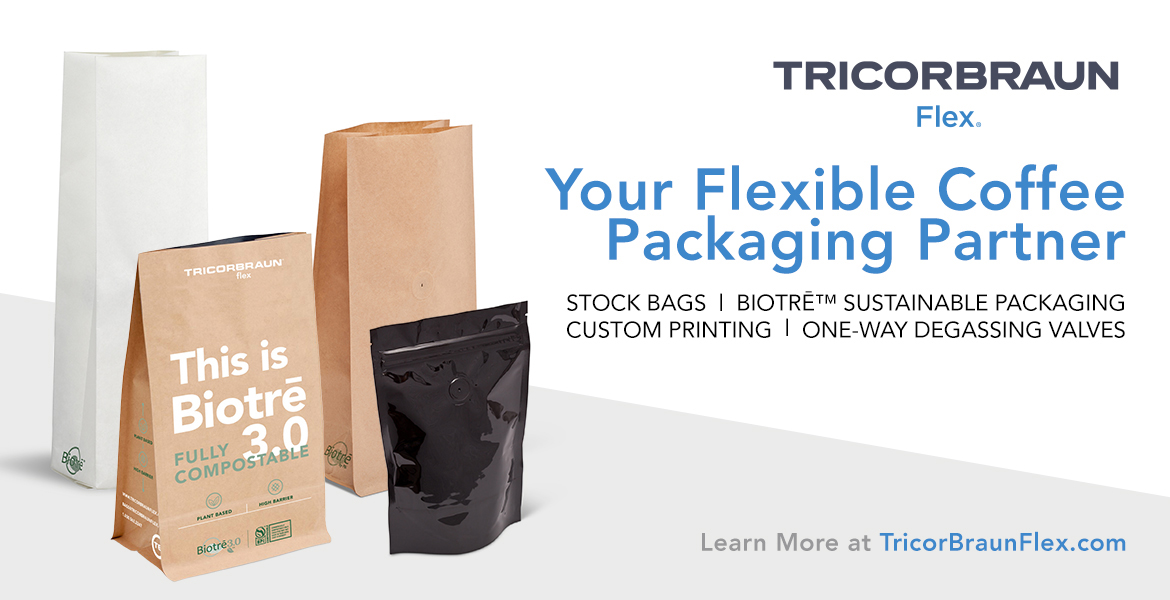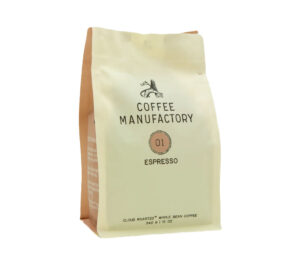
Dark roast, light roast, full-city roast, bold, blonde… we live and breathe with these roast descriptors. They’re the norm but what does it all mean? Flatlands Coffee out of Bowling Green, Ohio is taking these common descriptors, throwing them out, and simply saying, “enough is enough.” The company is instead opting to go a whole new route when describing how long beans have been cooked by labeling the roast loss on each and every coffee offering. Flatlands started roasting coffee in January of 2019 and debuted this new description program in late August with the launch of their online store. We chatted with Flatlands Executive Leader Ben Vollmar to ask why, how, and huh?

How did your team land in this new approach to describing roast?
It’s easiest to first explain by starting with our background. We started in 2015 as an extreme multi-roaster coffee shop, which meant two things specifically:
We understood there are countless fantastic roasters out there and more popping up every day. We gained a deep understanding of our personal taste preference after experiencing such a wide array of specialty coffee. This personal preference is for Nordic-style roasts, which are less common in the United States, although is starting to increasingly appear.
With so many ways to roast a fantastic coffee and the subjectivity of descriptors like “light, medium, dark,” we wanted to find a way to better articulate to our guests what to expect (Nordic-style coffees generally seen as lighter than “light.”) This began our mission to find a simple way to objectively describe roast, which led us to the creation of “Roast Loss” on our labels.

Can you give us all a brief 101 on what Roast Loss means?
Sure! Before coffee is roasted, it is quite dense and has a moisture content of about 10-12%. As the coffee is roasted, the internal water will steam and dissipate, making the coffee less dense and lighter. The deeper the roast, the more moisture will dissipate, and the lighter the coffee becomes. Generally roasted coffee will lose 10-25% of its initial weight. Our Nordic-style roasts generally lose about 12%.
The second important variable to note is time. It is very possible to achieve a 12% mass loss at nine minutes with high average heat and the same loss at 13 minutes with a lower average heat—both would taste very different. This led us to the labels we use now, so our average label may read:
Roast Loss
~12% at 9min

How are customers reacting to the change?
The nice thing about information on labels is it’s there for those who want it. Some guests don’t notice, just like guests in a coffee shop who just want to experience great coffee and don’t want to be bombarded with facts. Still overall, we’ve seen increased curiosity and interest in the craft of specialty coffee. This roast loss category is a conversation trigger that baristas can easily understand and use to romance curious guests deeper into their coffee journey.

What’s the roast loss for a french roast?
“French roast” is another descriptor that leaves room for interpretation, but with a “Roast Loss” formula, it’s now possible to create objective definitions for roast descriptors like this! For now though, since a “French Roast” is generally considered to be a coffee that’s roasted into second crack where oils begin appearing to the surface, I’d be inclined to emphasize only the roast loss and not time. The loss would likely be around 20% and time could vary, but I’ve generally seen it be somewhere around 12minutes.

What’s the next step in piquing customer interest?
Funny you should ask! Since we value transparency, the next step is to begin articulating the price for coffee paid at origin. Since we couldn’t quickly come up with a simple way to do so on our bags, we listed “Sourcing Partners” on our labels. However, we just discovered Coffee Collective’s work after reading your article Coffee Design: Coffee Collective in Copenhagen Denmark, which solved this problem by simply listing the FOB percentage above C-Market price… This is likely next for us.
From my experience, transparency can be a tool used not only to encourage responsibility and development, but also to incite passion for specialty coffee. If we can increase excitement and demand, we can increase financial stability through the entire supply chain, from farmers to baristas. Imagine a healthy, connected industry, filled with quality coffee and quality of life—that’s the big picture.
Thanks!
Flatlands Coffee is available online at flatlandscoffee.com.
Zachary Carlsen is a co-founder and editor at Sprudge Media Network. Read more Zachary Carlsen on Sprudge.



































